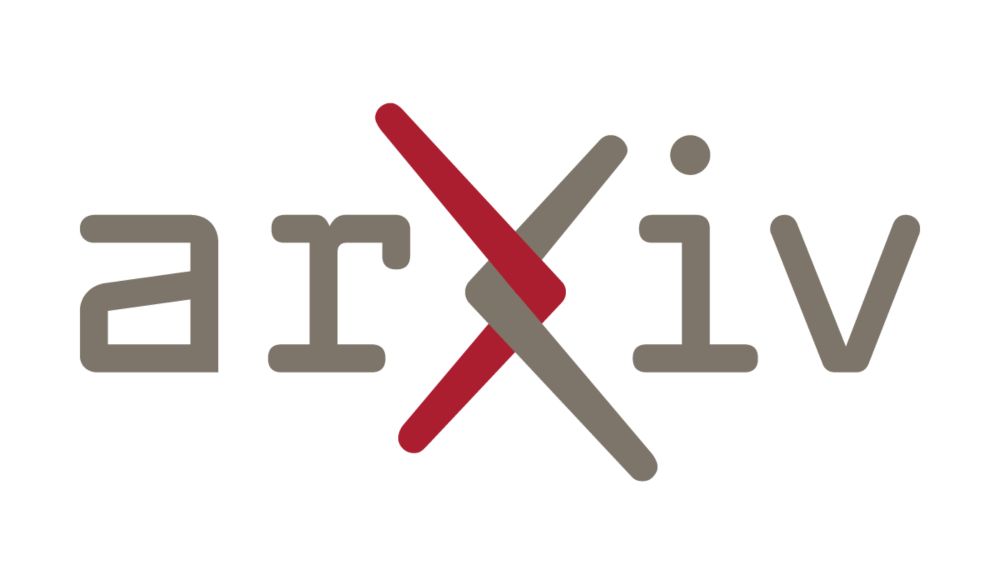MEW guidance offers a principled way to adjust generated distributions to match experimental data and focus sampling on specific subspaces without the overhead of retraining or heavy data demands.
Check out the full paper here:
arxiv.org/abs/2505.13375

MEW guidance offers a principled way to adjust generated distributions to match experimental data and focus sampling on specific subspaces without the overhead of retraining or heavy data demands.
Check out the full paper here:
arxiv.org/abs/2505.13375
- Accurately match experimental constraints (shown on toy models and a chignolin ensemble generator)
- Ensembles remain physically realistic.
- Increase in diversity of guided samples
- Works robustly, even if constraints are noisy or limited.

- Accurately match experimental constraints (shown on toy models and a chignolin ensemble generator)
- Ensembles remain physically realistic.
- Increase in diversity of guided samples
- Works robustly, even if constraints are noisy or limited.
a) Observable Guidance: adjusts the molecular ensemble to match experimental observables, like NOEs, RDCs, or ΔG
b) Path Guidance: enhance sampling in specific regions of conformational space (e.g., transition states)
a) Observable Guidance: adjusts the molecular ensemble to match experimental observables, like NOEs, RDCs, or ΔG
b) Path Guidance: enhance sampling in specific regions of conformational space (e.g., transition states)
MEW guidance helps by gently steering the generated distribution to match new constraints or to concentrate sampling in a region of interest.
MEW guidance helps by gently steering the generated distribution to match new constraints or to concentrate sampling in a region of interest.
But due to bias in the training data, ensemble statistics often don’t match experimental results.
But due to bias in the training data, ensemble statistics often don’t match experimental results.

